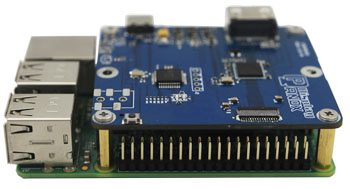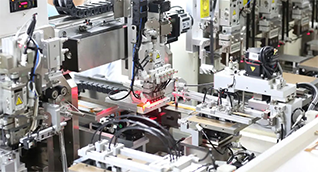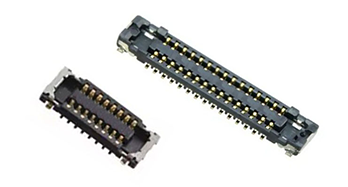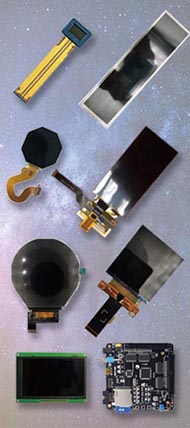In a strategic move to diversify its display supply chain and reduce production costs, Apple Inc. has officially signed LG Display as its second supplier of OLED panels. This decision comes as Apple seeks to lessen its dependency on Samsung, which previously served as the exclusive OLED panel supplier for the iPhone X.
Apple Reduces Reliance on Samsung
Samsung provided nearly 50 million AMOLED displays for Apple in 2017, dominating the iPhone OLED supply chain. However, with the signing of LG Display, Apple has positioned itself to better negotiate terms with Samsung, potentially lowering costs for high-end models like the iPhone X—especially as consumers increasingly compare costs with products like the Samsung 48 inch smart TV price or the Samsung Series 6 Freeview options in the home electronics space.
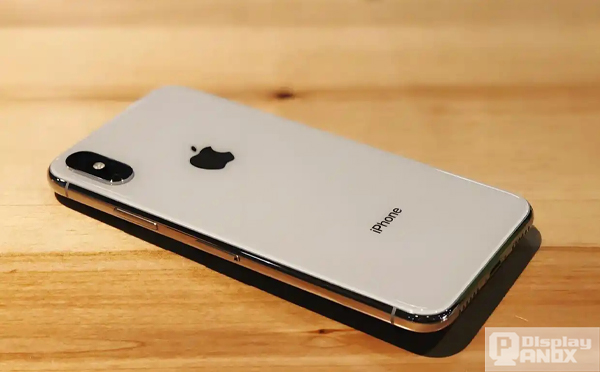
According to reports, LG Display will initially supply between 2 million to 4 million iPhone OLED displays to Apple. Though LG faced early setbacks in adapting its large-panel OLED production lines to suit Apple’s requirements for smaller screens, multiple rounds of prototyping have now brought the process to a compatible level for devices such as the white X iPhone and iPhone X in blue.
OLED Technology Takes Center Stage
OLED technology continues to dominate discussions across the display industry, with Apple’s shift emphasizing the importance of tiny OLED screens, miniature OLED displays, and advanced iPhone X image quality. The move also showcases Apple’s long-term strategy to maintain high performance and visual fidelity in its devices while optimizing cost-efficiency.
As OLED usage expands, Apple’s development supports trends in display display OLED, display images, and high-contrast OLED pictures, pushing visual boundaries on mobile devices, wearables, and accessories.
Impact on Broader Display Ecosystem
This shift in sourcing strategy reflects growing interest in OLED panels for not just smartphones but also across sectors—from OLED Samsung monitors to smart shades HomeKit integration, where OLED panels bring sleek aesthetics and low power consumption.
Even niche markets for phenol price-sensitive components and integrated display technology could see influence from Apple’s evolving procurement. The move supports a larger momentum toward flexible, power-efficient screens in compact form factors.
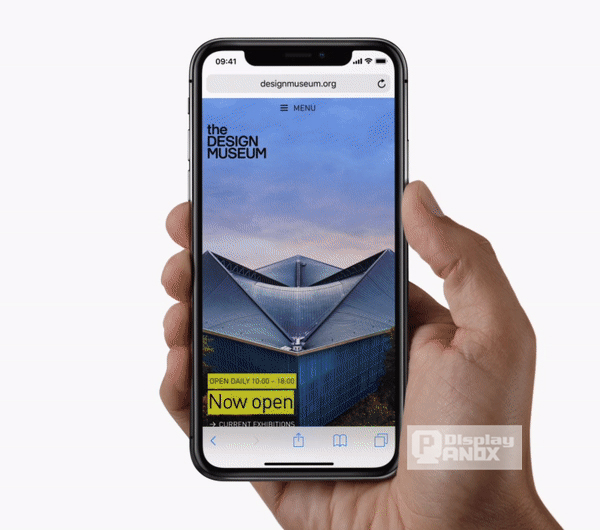
Looking Forward
For iPhone users curious about features like how to record iPhone X screen, or those intrigued by the future of OLED, Apple’s decision signals a broader evolution of display innovation.
As always, Panox Display continues to provide OEM iPhone X AMOLED assemblies for those interested in sourcing or replacing high-quality mobile displays.












